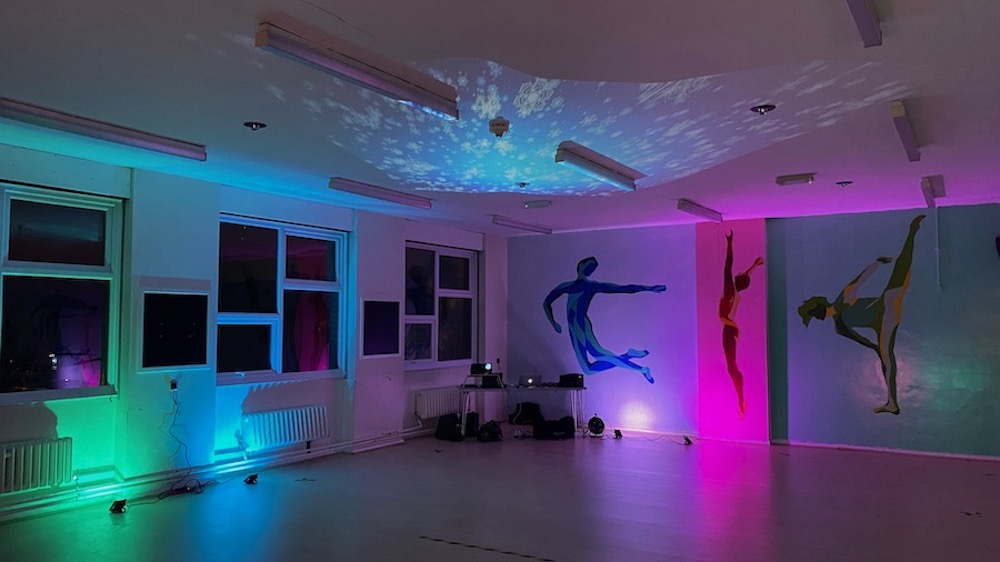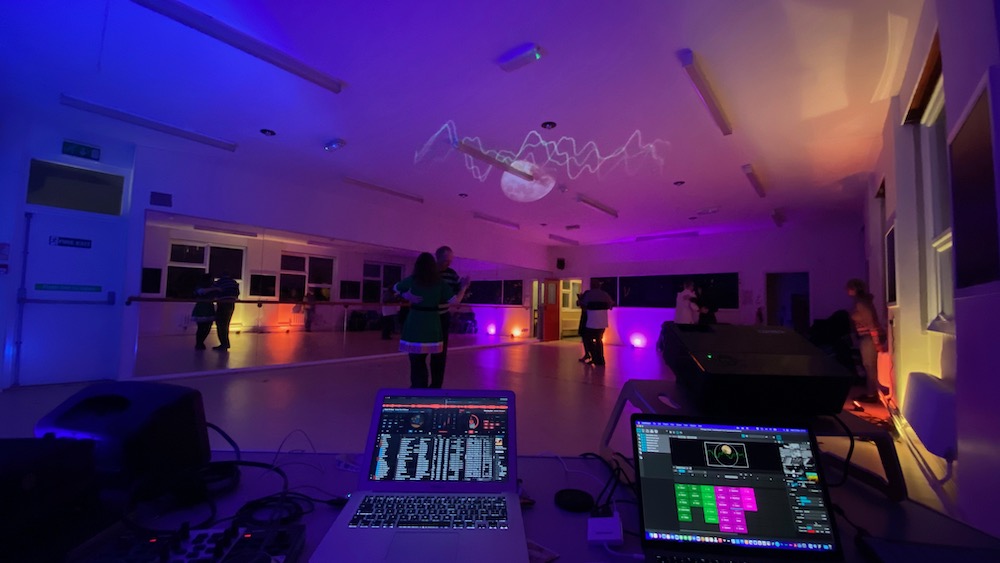
Tandas
Musical Structure
The type and order of music played at milongas can be strictly controlled by some organisers. Not only does the music have to be from a specific era and from known tango orchestras, but there is an 'accepted' order that tracks should be played.
Tango is danced to music with three distinct rhytmic structures:
- Tango - A 4/4 rhythm with a mixture of slow and fast passages. You dance mainly to the cadence of the music or individual instruments, rather than being expected to take a step on every beat.
- Vals - Loosely a Waltz rhythm of 3/4 beats, but can be a sort of (3+1)/4 structure that sounds waltz-like but has a rest beat on 4 every bar. When danced properly this is still clearly tango but will look a lot like a traditional ballroom waltz.
- Milonga - A faster 2/4 rhythm where you usually step on every beat. This is the most rhythmic of the tango styles and is often referred to as the 'tango party dance'.
At a traditionally styled milongas (the event, not the rhythm) the tracks will be played in groups of three called a tanda, separated by a supposedly 'undanceable' piece of music called a cortina (curtain). It is expected that if you start to dance with someone at the beginning of a tanda you will continue to dance with them for the rest of the tanda.
Tandas are always similarly styled tracks of the same rhythm, and are played in a specific order: tango - tango - vals - tango - tango - milonga... and repeat.
Not all tango has to be traditional. Tango codigos which may have made sense in 1930s Buenos Aires are less relevant now and can detract from the dance experience rather than support it.
Copyright © Jivebeat Dance and inVision multimedia ltd 2018-2021 · All Rights Reserved

